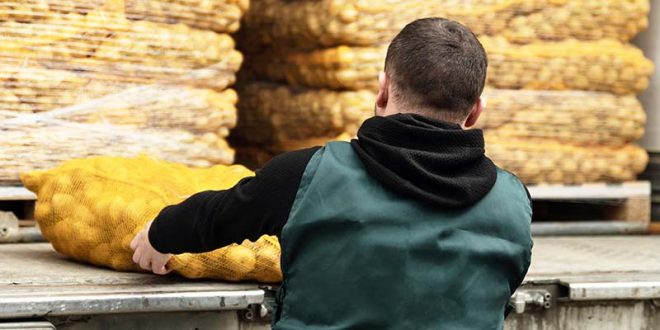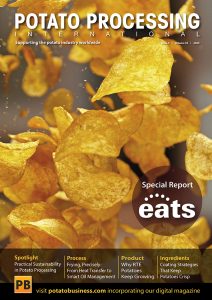Australia and New Zealand: Navigating Divergent Paths in an Unstable Potato Landscape

As of 2025, the potato industries in Australia and New Zealand are experiencing distinct trajectories, influenced by varying market dynamics, production trends, and strategic investments.
While Australia is making significant strides in expanding its processing capabilities, New Zealand is focusing on enhancing efficiency and value addition amidst production challenges.
Australia: Scaling Up Through Strategic Investments
Australia’s potato industry has recently achieved a milestone, surpassing a USD 1 billion production value, marking a 24% increase from the previous year. This growth is underpinned by substantial investments aimed at bolstering processing capacities and meeting rising domestic and international demand.
In 2022, Simplot Australia announced a significant investment of AUD 100 million (approximately USD 70 million) to upgrade its Bathurst manufacturing facility and acquire farming land in New South Wales. This initiative aims to transform the Bathurst site into a frozen vegetable center of excellence, enhancing production capacity and boosting both local and export volumes.
Further amplifying Australia’s processing capabilities, Dutch frozen potato product manufacturer Farm Frites has proposed a USD 425 million facility at the Wimmera Agriculture and Logistics Hub in Dooen, Victoria. This factory is expected to process up to 500,000 tonnes of raw potatoes annually, sourced from Victoria and South Australia, into approximately 300,000 tonnes of finished products. The project is anticipated to create 245 permanent jobs and 750 construction jobs, with operations slated to commence in early 2027.
New Zealand: Enhancing Efficiency Amidst Production Declines
Contrasting Australia’s expansion, New Zealand’s potato industry has faced a 13.7% decline in production over the past five years, equating to a reduction of 72,800 tonnes. Despite this, the industry has demonstrated resilience, with the overall value increasing by 16.3%, amounting to a growth of USD 177.4 million.
A notable development in New Zealand’s processing sector is the expansion of Bluebird Foods, a leading potato chips manufacturer. The company secured a USD 66 million investment to enhance its production capabilities, reflecting a commitment to meeting growing consumer demand and improving operational efficiency.
Additionally, New Zealand’s potato industry has achieved remarkable efficiency, with the country projected to attain the world’s highest potato yield in 2022, averaging 50.9 tonnes per hectare. This surpasses traditional leaders such as the United States and Denmark, highlighting New Zealand’s focus on maximizing output from existing resources.
You can read the rest of this article in your complimentary e-copy of the May / June Issue of Potato Processing International, which you can access by clicking here.

















